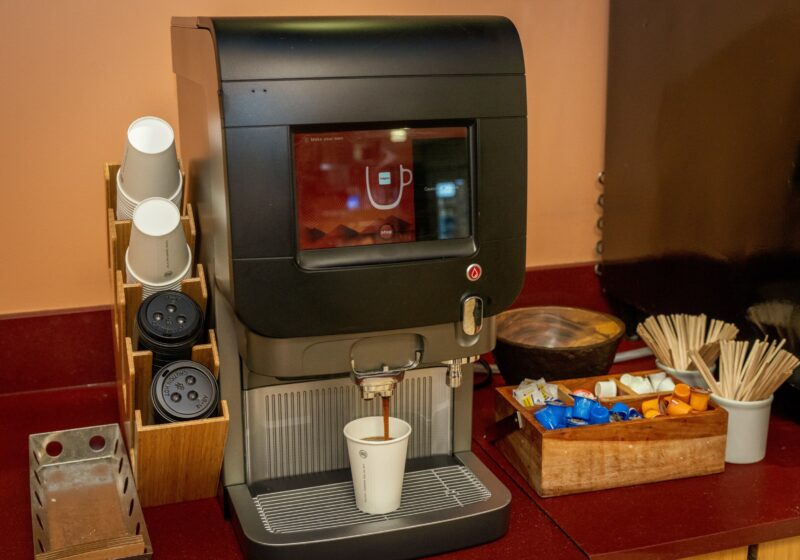I’m sure those of us who exercise on a regular basis, at one time or another, have looked for a quick and easy way to train the abdominal muscles and get the desired “six-pack” look. First there was the Ab Roller, then there was the Ab Trainer, then there was the Ab Dolly and who knows how many other infomercial ab gadgets promising to give you the perfect set of abs. Yet for most of us, these over-hyped products took our money and then ended up being sold in a garage sale the following summer. The bottom line is that good solid training of the abs using gravity, weighted plates and/or medicine balls will help you achieve your desired results.
The abdominals are made up of four significant muscle groups, the rectus abdominus, which is the most common visible group, the external and internal obliques that are responsible for rotation and stability and, last but not least, the deepest layer, the transverse abdominus. This is one we don’t often train well enough, yet it provides the most stability to our trunk and is probably the first muscle group to be recruited in any form of movement.
Some people feel they need to do up to 500 sit-ups and or lower leg raises in order to strengthen and tone the abdominals. This is not at all necessary unless, of course, you want to give yourself a hernia.The abs are basically like any other skeletal muscles in the body. They are made up of the same muscle tissue and utilize energy just like the quads or the chest muscles would. Therefore we needn’t worry about doing exorbitant numbers of reps to train them — rather, we need to focus on training them in a fashion similar to other muscles. For gains in strength, I recommend training each muscle group three to five sets and doing approximately eight to twelve repetitions per set. In order to make gains, one must remember that the intensity needs to be fairly high for these.
I recommend using a 10-pound plate or six-kilogram medicine ball when doing crunches or rotations. It’s especially important to try and train the deepest of the abs, the transverse abdominus, which is often neglected. An easy way to do this is, before initiating a crunch, flatten your back against the floor by tightening in the stomach region. Try to press your belly button downward while exhaling, and pretend you are trying to fit into the world’s tightest pants. Then while maintaining this position, lift your shoulders off the floor — with hands behind head — directing your chest upward while slightly flexing at the trunk. You will definitely feel this more than the old elbows to knees routine.
The obliques can be trained just as easily by V-sitting on the floor, taking a medicine ball in both hands and rotating it at the trunk, as if trying to place the ball in your back pocket. Performing this in a sit up position on an incline bench, so you are working against gravity, can increase the intensity of this exercise.
Push-ups, especially with the feet elevated on a bench or stability ball are also a great way to train the abs, although you wouldn’t think so. High bar leg raises and knee-ups are also great at the end of a workout when you really have to fight gravity, but the burn is very intense. So when training the abs, remember it doesn’t take the latest fad gadget. Concentrating on good old-fashioned hard work with a little gravity and external resistance will help you achieve that desired six-pack.
Steckley is a certified UR athletic trainer and can be reached at psteckley@campustimes.org.




